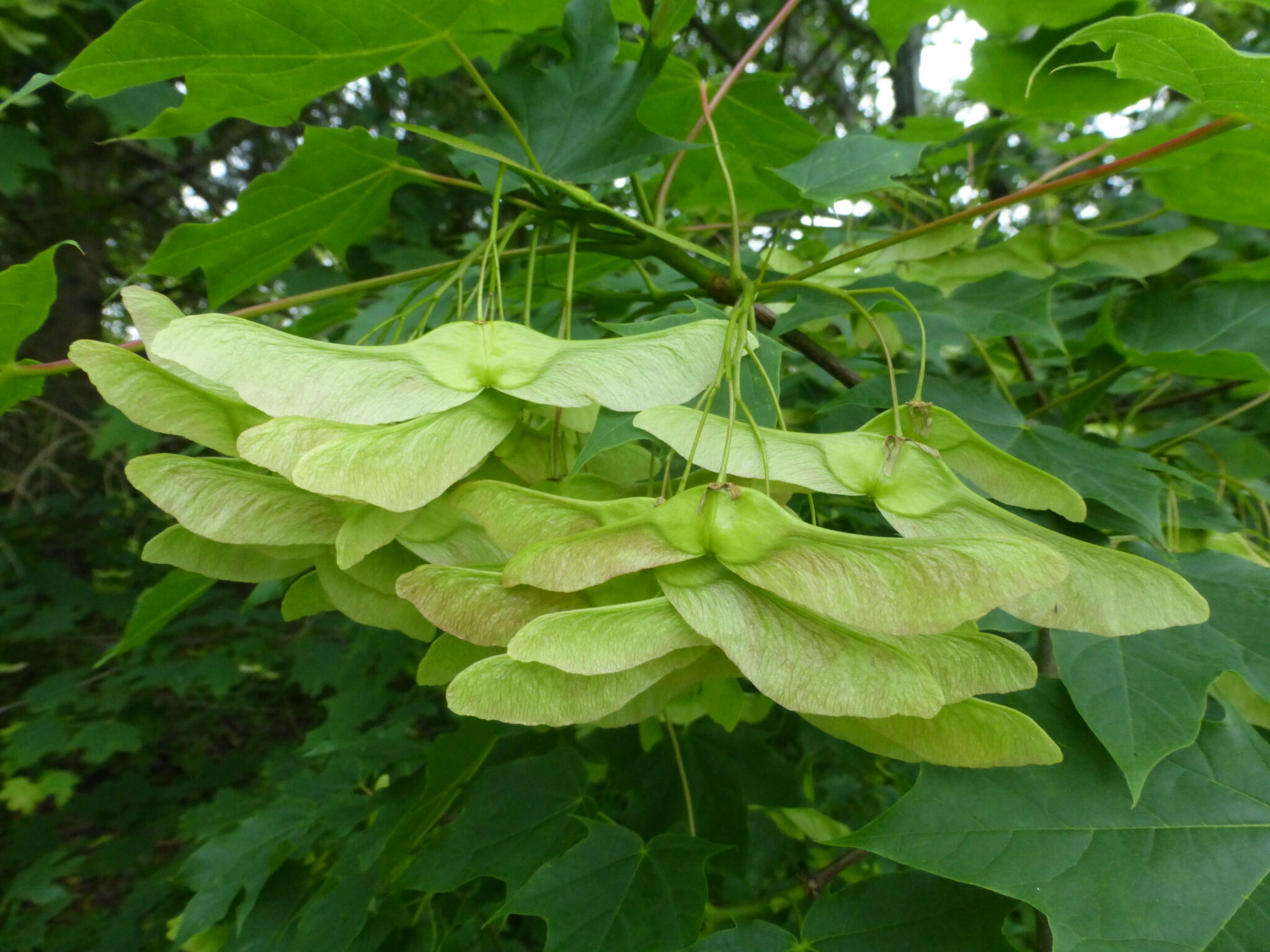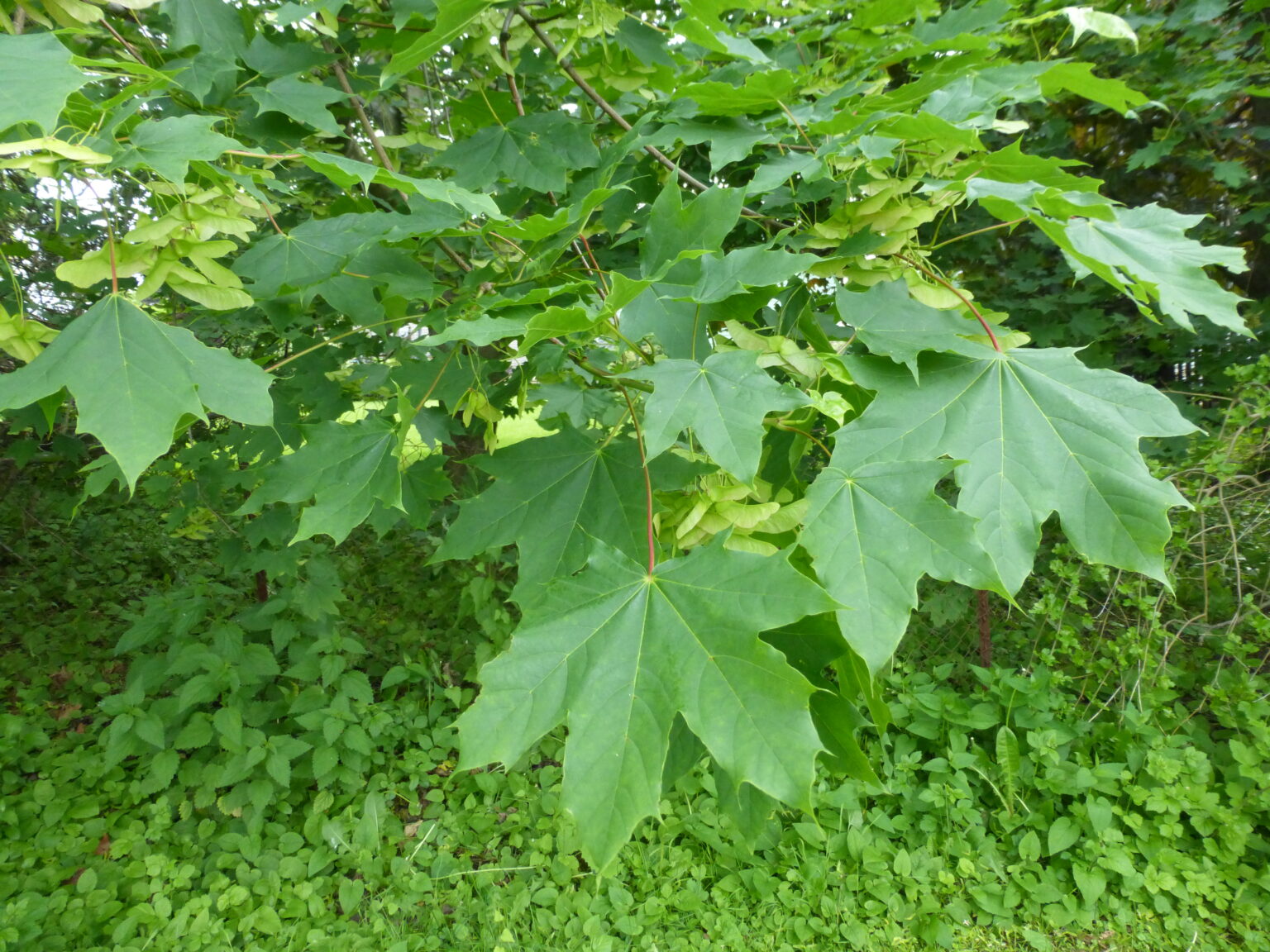Norway Maple Invasive
The Norway Maple tree is a favorite of many homeowners and landscapers. It's easy to see why: with its attractive, broad leaves and stately size, the Norway Maple is a beautiful addition to any yard or garden. Unfortunately, this tree is also known as an invasive species, and planting one can actually do more harm than good.
The Norway Maple is originally from Europe, and was first brought to North America in the late 1700s. Since then, it has become one of the most popular ornamental trees in the United States and Canada, and can be found in almost every state in the country. The problem, however, is that the Norway Maple is very good at spreading, and can quickly take over an area, crowding out other plants and trees in the process.
One of the reasons the Norway Maple is so successful at invading new areas is because it is able to thrive in a wide variety of environments. It is able to grow in both full sun and partial shade, and can tolerate a range of soil conditions. Additionally, the Norway Maple is quite hardy, and is able to withstand drought and colder temperatures, making it well-suited to many areas of the country.
Unfortunately, the Norway Maple's hardiness can also make it difficult to control. Once established, it can be very difficult to eradicate, as it is able to sprout from its roots even after the tree has been cut down. In fact, some experts recommend digging out the root system entirely in order to prevent the tree from regrowing.
Another issue with the Norway Maple is that it can have a negative impact on the local ecosystem. Because it is able to grow so quickly and take over an area, it can crowd out other plants and trees, reducing biodiversity. Additionally, the Norway Maple is not a native species, which means that it has no natural predators or diseases to keep it in check. This can lead to an overabundance of Norway Maples in an area, which can in turn lead to a decrease in the number of other species.
Despite these issues, some homeowners and landscapers continue to plant Norway Maples in their yards. This may be because they are not aware of the harmful impact that the tree can have, or because they simply enjoy the way it looks. However, there are many other trees that are just as beautiful and much less invasive, so it is important to consider the potential impact before planting a Norway Maple.
One alternative to the Norway Maple is the Red Maple. This tree is native to North America, and is widely regarded as one of the most beautiful shade trees available. Like the Norway Maple, it has broad leaves and a stately size, but it is much less invasive and is able to support a wider variety of wildlife. Other trees that can be used as alternatives to the Norway Maple include the Sugar Maple, the Dogwood, and the American Beech.
Ultimately, the decision to plant a Norway Maple or another tree is up to individual homeowners and landscapers. However, it is important to be aware of the potential impact of the tree, and to consider alternatives that may be less harmful to the local ecosystem. By taking the time to research and consider different options, individuals can make a more informed decision about what to plant in their yards, and can help to protect the environment for future generations.


Post a Comment for "Norway Maple Invasive"